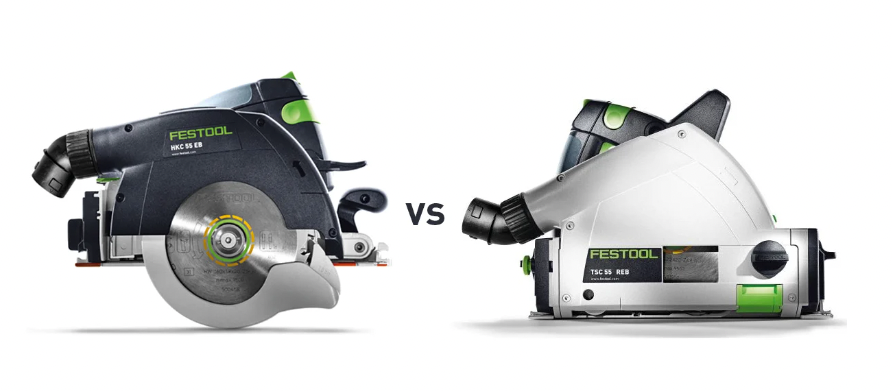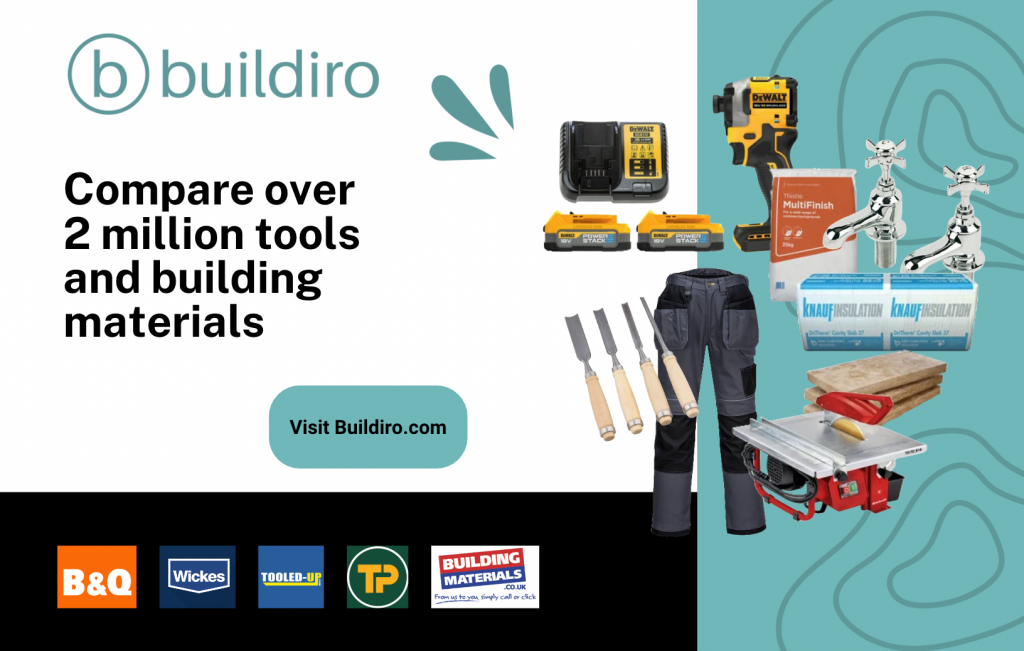As the demands for precision and efficiency in woodworking and carpentry continue to escalate, the plunge saw has emerged as an indispensable tool, distinguishing itself through its exceptional accuracy and control. Among the plethora of options available in the market, renowned brands like Mafell, Makita, Dewalt, Milwaukee, and Ryobi have set the bar high, each presenting a suite of features tailored to meet the diverse needs of professionals and enthusiasts alike. In this exhaustive guide, we aim to unravel the intricacies of plunge saws, equipping you with vital knowledge and insights to harness their full potential in your projects.
Mafell, a name synonymous with excellence in woodworking tools, has developed plunge saws that exemplify precision engineering and robust performance. We will delve into the specifics of what makes Mafell’s offerings stand out, exploring the nuances of their design and functionality that cater to the most demanding tasks. Similarly, Makita’s plunge saws, celebrated for their reliability and innovative features, will be scrutinized to provide a comprehensive understanding of their capabilities.
The trend towards cordless tools has been undeniable, and plunge saws are no exception. In this context, Dewalt and Milwaukee have made significant strides, offering cordless plunge saws that promise not just freedom of movement, but also impressive power and endurance. We will dissect the advantages and potential trade-offs of choosing a cordless solution, ensuring you have a balanced perspective to make an informed decision.
Furthermore, Ryobi’s plunge saw, known for delivering quality at an accessible price point, will also be featured in our guide. We aim to provide an unbiased evaluation of its performance and suitability for various applications, helping you discern whether it aligns with your specific requirements and budget constraints.
By the end of this guide, you will have a thorough understanding of the key features, benefits, and considerations associated with plunge saws from these eminent brands, empowering you to make a selection that aligns seamlessly with your craftsmanship aspirations and operational demands. Let’s embark on this journey of discovery, and unlock the full potential of your plunge saw to elevate the quality and precision of your work to new heights.
Best Plunge Saws
What Is a Plunge Saw Good For?
A plunge saw, also known as a track saw or a plunge-cut saw, is a powerful and versatile tool that has gained popularity in both professional woodworking and DIY home improvement projects. It is designed to make precise, straight, and clean cuts in a variety of materials, including wood, plywood, laminates, and more. Here is a detailed explanation of what a plunge saw is good for:
1. Precision and Accuracy:
- Controlled Cuts: The plunge saw allows for controlled and precise cuts, thanks to its unique design where the blade can be ‘plunged’ into the material at any point along the surface.
- Guided Rail System: When used with a guide rail, a plunge saw ensures perfectly straight cuts, eliminating the need for additional straight edges or jigs.
2. Versatility:
- Adjustable Blade Depth: The depth of the blade can be easily adjusted, allowing for cuts of varying depths without the need to change tools.
- Angled Cuts: Plunge saws are capable of making bevel cuts at various angles, providing versatility in creating complex shapes and joineries.
3. Safety:
- Reduced Kickback: The design of the plunge saw reduces the risk of kickback, which is particularly important when making long cuts or working with large sheets of material.
- Enhanced Blade Visibility: The user has clear visibility of the blade during the cutting process, allowing for safer operation.
4. Clean and Splinter-Free Cuts:
- Anti-Splinter Functionality: Many plunge saw models come with features that minimize splintering, ensuring a clean finish.
- Dust Extraction: Plunge saws can be connected to dust extraction systems, reducing the amount of dust and debris generated during cutting and resulting in a cleaner workspace.
5. Portability:
- Compact Design: Unlike table saws, plunge saws are lightweight and portable, making them a great option for job sites or projects where space is limited.
6. Capability to Handle Large Materials:
- Large Sheet Handling: The plunge saw is ideal for cutting large sheets of plywood or other materials, as the guide rail can be laid directly onto the material, ensuring a straight cut without the need for additional support.
7. Perfect for Joinery:
- Grooves and Dado Cuts: With a plunge saw, you can easily create grooves, dado cuts, and rabbets, adding to the tool’s versatility in cabinetry and joinery work.
Can You Use a Plunge Saw Without the Track?
Yes, a plunge saw can be used without a track, but using it without a guide rail sacrifices some of the precision and stability that make plunge saws so advantageous for certain types of cuts. Below is an in-depth explanation:
Using a Plunge Saw without a Track:
1. Freehand Cuts:
- Flexibility: Using a plunge saw without a track allows for more flexibility and maneuverability.
- Quick Setup: It can be faster to set up for quick cuts where utmost precision is not required.
2. Versatility:
- Diverse Applications: The tool can be used for a variety of applications, similar to a traditional circular saw.
3. Skill Dependent:
- Requires Steady Hand: Precision depends heavily on the user’s ability to guide the saw in a straight line.
Trade-Offs:
1. Loss of Precision:
- Potential for Inaccuracy: Without the guide rail, maintaining a perfectly straight line can be challenging, potentially leading to inaccuracies.
2. Reduced Stability:
- Potential for Blade Drift: The saw is more prone to blade drift without the track, which could result in uneven cuts.
3. Increased Risk:
- Safety Considerations: While plunge saws are generally safe, the risk of kickback or loss of control can increase without the use of a track.
Best Practices:
1. Use a Guide: If precision is crucial and a track is not available, using another form of straight edge as a guide can help maintain accuracy.
2. Secure the Workpiece: Ensure that the material being cut is securely clamped down to prevent movement during the cut.
3. Practice and Skill Development: Like any tool, using a plunge saw without a track effectively may require practice to develop the necessary skills and steady hand.
Why Is a Plunge Saw Better Than a Circular Saw?

Plunge saws and circular saws are both versatile tools used for making straight cuts in a variety of materials, but there are key differences that can make a plunge saw a better option for certain applications. Below is a detailed explanation of the advantages that plunge saws have over circular saws:
1. Precision and Accuracy:
- Guided Rail System: Plunge saws can be used with guide rails, ensuring perfectly straight and precise cuts, which is harder to achieve with a standard circular saw.
- Adjustable Cutting Depth: The blade depth on a plunge saw can be precisely adjusted, allowing for controlled and accurate cuts, even in the middle of a workpiece.
2. Safety:
- Reduced Kickback: Plunge saws are designed to minimize kickback, enhancing user safety, especially during long cuts or when working with large sheets of material.
- Enclosed Blade: The blade on a plunge saw is enclosed when not in use and only exposed when the saw is engaged, providing an added layer of safety.
3. Clean and Splinter-Free Cuts:
- Anti-Splinter Features: Many plunge saws have features designed to minimize splintering, ensuring a clean finish on both sides of the cut.
- Dust Extraction: Plunge saws can be easily connected to dust extraction systems, reducing cleanup time and providing a cleaner work environment.
4. Versatility:
- Angled and Bevel Cuts: Plunge saws can easily make angled and bevel cuts, offering versatility for complex projects.
- Capability to Create Cutouts: Unlike circular saws, plunge saws can start a cut in the middle of a workpiece, making them ideal for creating cutouts.
5. Ease of Use:
- User-Friendly: Plunge saws are often considered more user-friendly, especially for beginners, due to their enhanced safety features and ease of achieving straight cuts with the guide rail.
6. Better Visibility and Control:
- Clear Line of Sight: The design of plunge saws often provides a better line of sight to the cutting line, enhancing accuracy and control.
- Ergonomic Design: Plunge saws are designed for ease of use and control, reducing fatigue during extended use.
Conclusion:
While circular saws are more common and can be less expensive, plunge saws offer enhanced precision, safety, and versatility, making them a preferable choice for certain applications, especially where accuracy and clean finishes are paramount. Whether a plunge saw is the better option depends on the specific requirements of the project and the preferences of the user. Plunge saws excel in providing controlled, accurate, and clean cuts, particularly when used in conjunction with a guide rail.
Source: https://www.festool.com.au/news/circular-saw-vs-plunge-saw

Leave a Reply